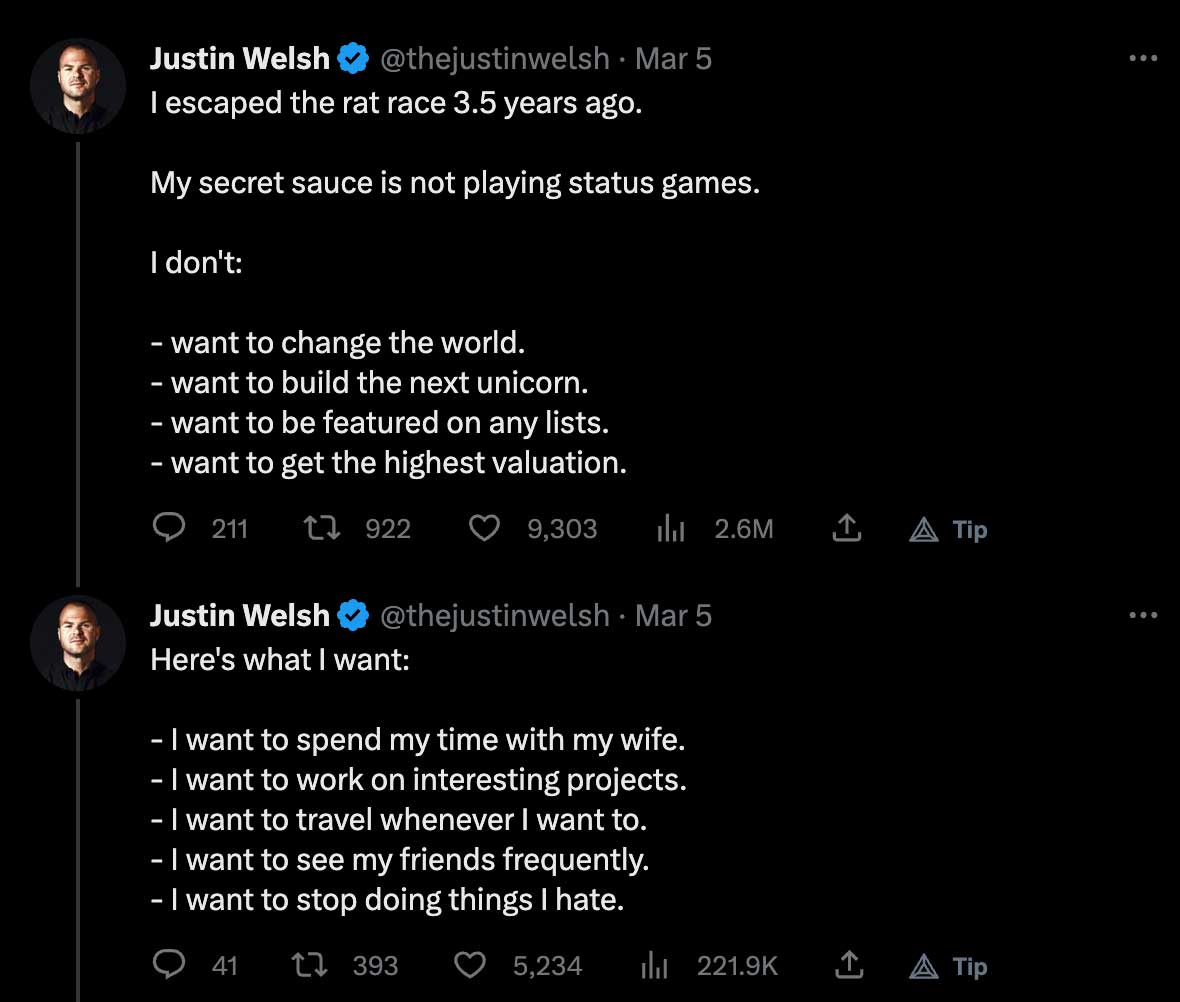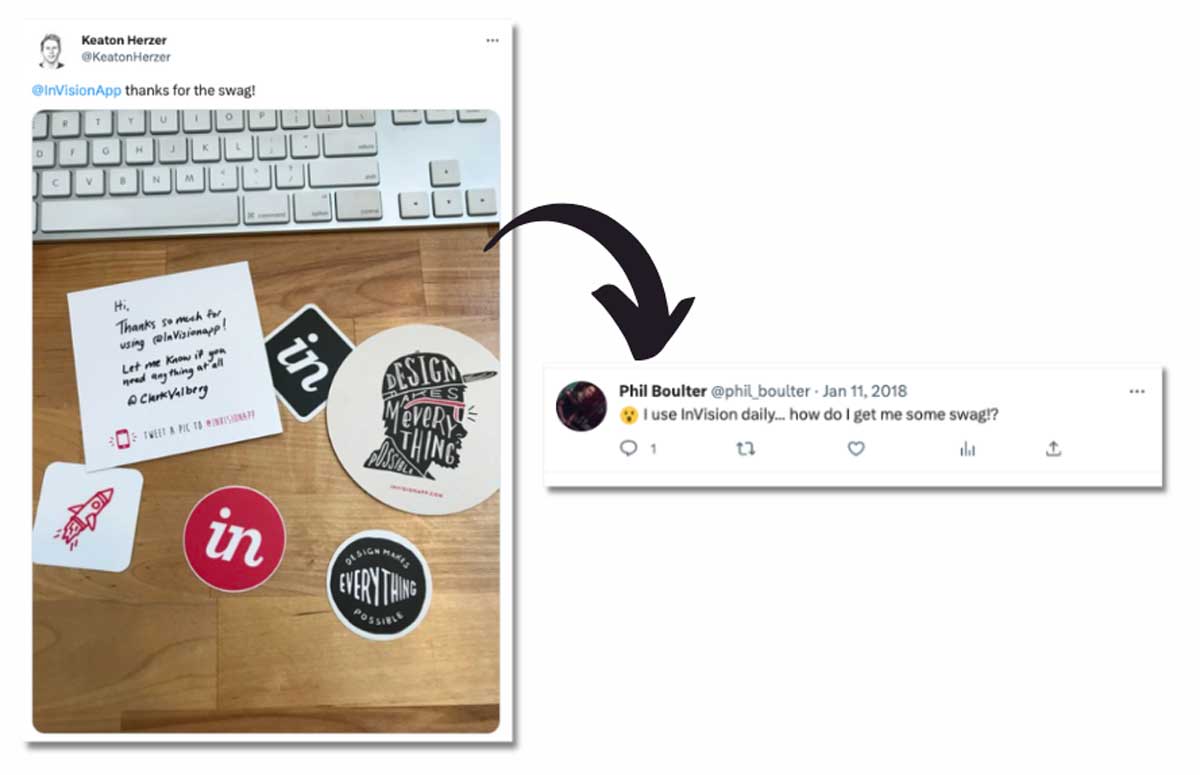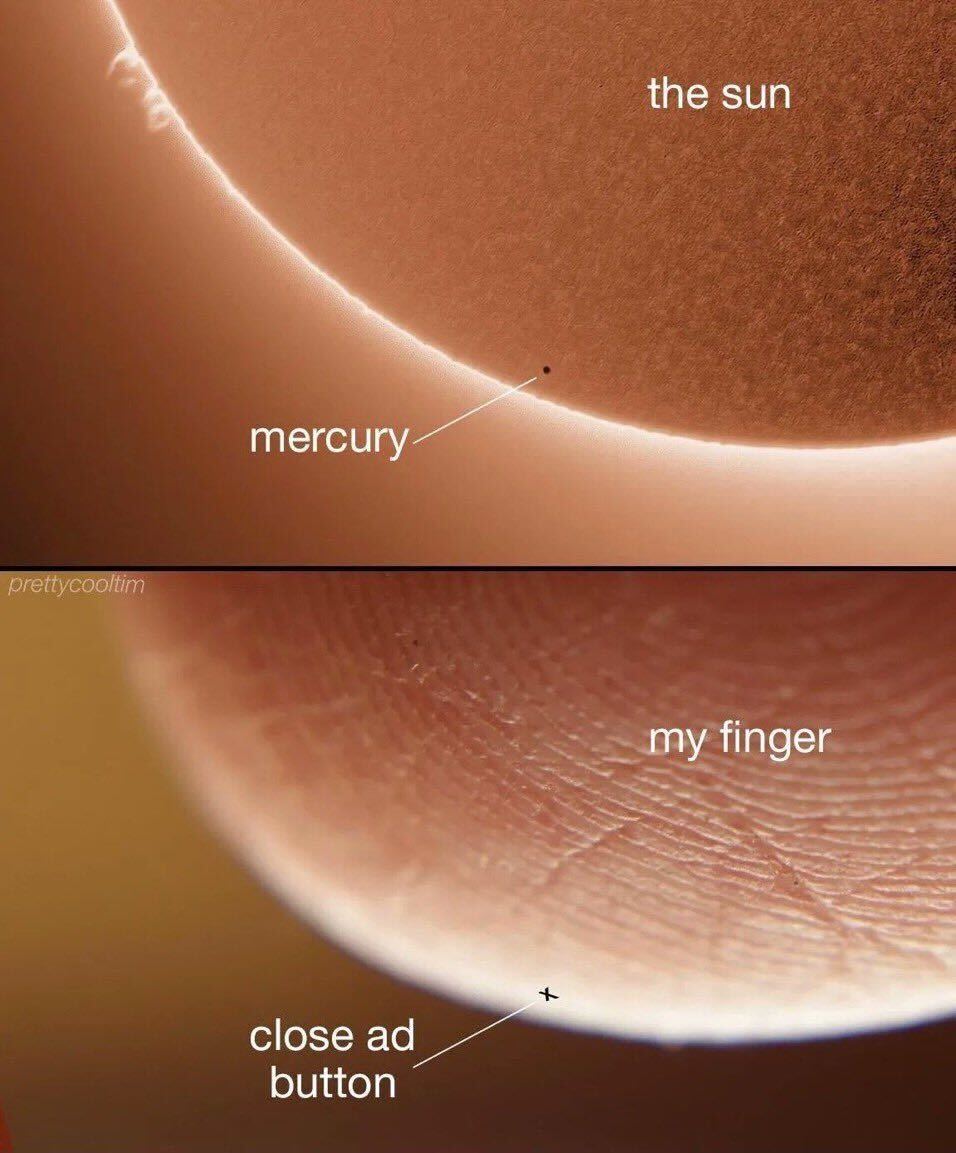A big thanks to our sponsors, who keep this newsletter free for all of you. Check them out—it's the best way to support this newsletter :)
Brought to you by Amplitude—an industry leader in product analytics. Retention is one of the most important pieces of the startup puzzle. You can't just keep filling a leaky bucket. Amplitude's built an adaptable, repeatable strategy on Mastering Retention that can be put in place for products at all stages of growth, and in all verticals. Get the guide.
And by Clout Monster. What would it mean if your company was featured in the New York Times or Forbes? If you were a guest on a podcast with millions of listeners? If CNBC sent a TV crew to your house to interview you? Media can push your business forward by years—seemingly overnight.
But it's the most difficult channel to crack. It's not as simple as turning on Facebook Ads! Clout Monster is an experienced publicity agency that gets head-turning PR for your business. The above examples? They're real results they got for their clients. Learn about their services here. |
Hello everyone, ~We're entering summer vacation season~. Prepare for constant OOO messages—including mine as of next week. If you have recommendations for Lisbon, let me know. This week we're talking about the VFCA copywriting framework, 5 literary devices, and growing with swag. Let's dive in! –Neal |
|
|
Whoops my bad—small promo extension
First of all, this is not a tactic. I made a pretty silly mistake.
Our 25% off promo for our Growth Program was set to end yesterday at 1159PM Pacific Time. But when I set the promo to expire in Thinkific, all I could do was set a date, not a time—so I chose June 1st.
Apparently that meant the start of June 1st at UTC time, not Pacific Time. So the coupon stopped working about 7 hours too early. As a result I'm extending the promo until EOD today since I'm not sure who it affected.
Again, not a tactic, just an honest-to-goodness bonehead move. 1. The VFCA content formula Insight from Justin Welsh Justin Welsh's one-person business is pacing toward $2M+ in revenue in 2023. He's one of the most impressive copywriters and systems thinkers I've seen.
He shared one of his copywriting formulas recently that he calls "VFCA." He used it in the following tweet: |
The VFCA framework is:
V: Visceral Opener “I escaped the rat race…” To stand out in a world of infinite content, use strong language to elicit a strong response.
Instead of: - "I left my job" say "I escaped the rat race."
- "Most companies could onboard employees better" say "
Most companies suck at onboarding." (credit: Wes Kao)
- "A lot of Twitter users think LinkedIn is lame" say "Twitter hates LinkedIn."
F: Fresh Perspective "My secret sauce is not playing status games"
People browse social media seeking dopamine hits and novelty. Anything but the same old, same old. A fresh perspective provides that.
In Justin's case, he's hoping to make people feel relieved, hopeful, and emotionally invested in his decision not to play "status games." C: Challenge "I don't:..." Justin challenges the conventional definition of success. His goal was to connect with like-minded people who reject the common narrative and build affinity with them. He highlights his own personal values while attracting his community by slinging mud at a shared enemy. A: Anaphora Repetition of "I don't want" and "I want"
Lastly, Justin uses a literary device called Anaphora—repetition of the beginning part of successive sentences—to emphasize his message and create a sense of progression. The message—"I want X" or "I don't want Y"—gets stronger with each repetition. |
2. 5 more literary devices to enhance your copywriting Insight from Neal O'Grady. Justin's mention of Anaphora was a great example of the Frequency Bias: When you learn about something obscure, then immediately start seeing it everywhere, falsely thinking it's becoming more common.
I didn't hear about this phenomenon until I started researching my own post about literary devices, then BAM! There it was the next morning. Figured it would be a nice segue. Here are five more literary devices you can use to make your writing more engaging. For each, we'll modify the phrase: "The founder is stressed." #1. Tricolon
A series of 3 parallel words, phrases, or clauses to enhance rhythm and create emphasis. "The founder is stressed, strained, stretched."
Tip: This is also another literary device “Asyndeton” that leaves out conjunctions (and/or). #2. Paradox A statement that contradicts itself but still seems true. "The founder is a calm storm." The above can be interpreted as the founder being stressed (storm) yet maintaining composure (calm)—saying a lot in few words.
#3 Catachresis (don't ask me to pronounce this one) Purposefully using a word incorrectly, for effect. "The founder drinks from the well of stress." Works well to invoke a mental image. #4 Paraprosdokian (nor this one) The latter part causes the reader or listener to reframe or reinterpret the first part. "The founder is stressed—an understatement equivalent to calling the ocean a puddle."
Done right this can be fun and playful. #5. Pleonasm
Use of more words than necessary to convey meaning and emphasis. "The founder is stressed, full of stress, a picture of stress." This is also a tricolon as it repeats the idea 3 times, and asyndeton as it lacks conjunctions.
––– For a few more, and prettier design, here's the carousel version. |
3. How to grow with swag Insight from Userlist. I've always been skeptical that giving away free swag was an effective tactic.
But it definitely can be if you have the right strategy.
Take it from InVision, which used swag to amplify its brand’s reputation. Customers loved to post their swag packages on social (creating a viral loop) and were also more likely to give feedback when asked—which is normally hard to get. |
Get more from your swag by following these best practices: -
Gift swag at your "aha!" moment. For InVision, that was after users had completed simple onboarding activities like creating a project.
-
Choose memorable items that relate to your product/service. Since it’s a design company, InVision’s free swag included custom stickers, pins, postcards, and envelopes. Users who upgraded to a paid subscription got even more—a sketchbook and gel pen.
-
Other examples: A company in the music space could gift headphones, while a meditation/sleep app could gift eye masks.
-
Use an attractive design. Don’t just default to your logo. Giving away logo-branded swag is like asking a consumer to be a walking billboard for your company. Instead, commission a design that ties back to your company. (Here’s InVision’s.) Your logo can still be included, but it should be secondary.
- Exception: If your merch doesn’t have much creative real estate, like headphones, just your logo is fine.
-
Include a handwritten note. Early on, InVision’s swag packages included a handwritten message signed by the company’s CEO. This added a personal touch.
-
Go over the top. Airtable gave branded Airpods to people at YC companies and key accounts. People would proudly sport them at the office and think fondly of Airtable every time they used them—I know because I've had a pair for 4 years.
Done well, swag can actually bring in new customers. In fact, when InVision started a weekly Twitter contest giving away their shirts, it got messages from people wanting to buy the shirt without entering the contest. InVision’s team told them to sign up for the software’s professional plan and screenshot the invoice as proof. Since users usually stuck around for a bit, that meant a few months of revenue for a shirt that only cost $15—not to mention they became walking billboards. |
Community Spotlight
This week we're giving the spotlight to a few of our Growth Program alumni. Find out about the cool stuff the founders and marketers in our community are up to below. -
Pho enthusiast Dexter Chu shares his love for data as the Head of Marketing at Secoda, the ChatGPT for data team that generates SQL, documentation, and answers questions like magic.
-
When he's not kicking butt in a Street Fighter match, Bei Zhang flexes his growth expertise as Chief Business Officer at CollabHome, a student housing investment platform.
Want to see your name here? We'd love to hear about your work and any of your recent growth marketing wins! Share them here. |
|
|
News you can use:
YouTube is discontinuing Stories on June 26, with all published Stories to be deleted within a week of this date. YouTube is intensifying its focus on Shorts and Community Posts, a strategy aimed at encouraging creators to produce more short-form content. No surprise there.
In related news, Meta has introduced several new lead generation tools on Facebook, including dynamic question flows and in-stream discount codes, among other features.
TikTok is experimenting with a new AI chatbot named Tako. Currently being tested with a select user base in the Philippines, Tako is designed to enhance content discovery by boosting personalized recommendations.
Reddit released a short yet insightful analysis of mobile app consumer behavior. The report reveals that Reddit is often the first social platform users turn to when researching a new mobile app to download. While some marketers dismiss Reddit as a viable acquisition channel, those in the app business may want to reconsider.
Tool we recommend: Vanta* Automate security compliance and accelerate business growth.
Vanta helps your business scale and thrive while reducing the need for countless spreadsheets and endless email threads. With Vanta’s market-leading platform, you can automate up to 90% of compliance for SOC 2, ISO 27001, GDPR, HIPAA, and more, getting audit-ready in weeks instead of months.
Customers report saving hundreds of hours of manual work and up to 85% of compliance costs. Ready to learn how? Watch Vanta’s 3-minute demo. *Sponsored by Vanta |
|
| Top new marketing jobs
If you're looking for a top growth role, check out the opportunities below from our job board. |
|
|
What did you think of this week's newsletter?
😍 Loved it | 😄 Great | 🙂 Good | 🤷♀️ Meh | 🤬 Bad
If you enjoyed this, please consider sharing it with a friend. These newsletters take hours to make each week, so it really helps when you share us with fellow founders and marketers.
Who's Demand Curve?
We’re on a mission to help make it easier to start, build, and grow companies. We share high-quality, vetted, and actionable growth content as we learn it from the top 1% of marketers. We democratize senior growth knowledge. How we can help you grow: -
Read our free playbooks, blog articles, and teardowns—we break down the strategies and tactics that fast-growing startups use to grow.
- Enroll in the Growth Program, our marketing course that has helped 1,000+ founders get traction and scale revenue.
Check out our Sprints: short video courses that are laser-focused on a topic in growth.
Want to build an audience of buyers? Join the waitlist for the Un-ignorable Challenge. -
Are you a funded startup looking to grow? Our agency, Bell Curve, can be your strategic growth partner.
Get your brand in front of 74,400 founders and marketers by sponsoring this newsletter.
See you next week.
— Neal, Grace, Joyce, Dennis, and the DC team. |
|
|
© 2023 Demand Curve, Inc. All rights reserved. 4460 Redwood Hwy, Suite 16-535, San Rafael, California, United States
Unsubscribe from all emails, including the newsletter, or manage subscription preferences. |
|
|
|








